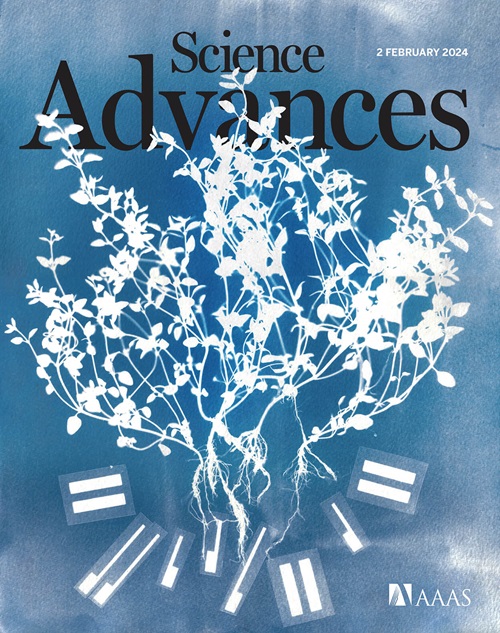A reusable hydrogel biosensor array with electrically responsive hydrogel interfaces for noninvasive locating of perforating arteries
IF 12.5
1区 综合性期刊
Q1 MULTIDISCIPLINARY SCIENCES
引用次数: 0
Abstract
Achieving accurate locating of perforating arteries (PAs) has great clinical value in various biomedical applications, such as free flap transfer. However, the anatomical variability of these arteries presents a major challenge in PA locating, and existing methods have various disadvantages, limiting their applications. Here, we propose a reusable and flexible hydrogel biosensor array for noninvasive, precise, and efficient PA locating. Particularly, we develop electrically responsive hydrogels to establish rapidly detachable device/hydrogel interfaces, endowing the reusability of the biosensor array. Meanwhile, the adhesion of hydrogel/skin interfaces is also enhanced to facilitate high-fidelity signal acquisition. By analyzing the photoplethysmography (PPG) infrared (IR) signals, the biosensor array can accurately and responsively locate PAs across different types of free flaps in clinical cases, outperforming existing techniques. This biosensor array represents a promising platform for PA locating. The strategy of hydrogel interface design paves the way for the development of reusable flexible electronics in biomedical applications to avoid cross-infection and reduce device costs.

一种可重复使用的水凝胶生物传感器阵列,具有电响应的水凝胶界面,用于无创定位穿孔动脉
实现穿孔动脉的准确定位在自由皮瓣转移等多种生物医学应用中具有重要的临床价值。然而,这些动脉的解剖变异性对PA定位提出了主要挑战,现有的方法有各种缺点,限制了它们的应用。在这里,我们提出了一种可重复使用的柔性水凝胶生物传感器阵列,用于无创,精确和高效的PA定位。特别是,我们开发了电响应水凝胶,以建立快速可拆卸的设备/水凝胶界面,赋予生物传感器阵列的可重复使用性。同时,增强了水凝胶/皮肤界面的粘附性,便于高保真信号采集。通过分析光电体积脉搏波(PPG)红外(IR)信号,生物传感器阵列可以准确和响应地定位临床病例中不同类型自由皮瓣的pa,优于现有技术。这种生物传感器阵列代表了一个有前途的PA定位平台。水凝胶界面设计策略为生物医学应用中可重复使用的柔性电子产品的发展铺平了道路,以避免交叉感染和降低设备成本。
本文章由计算机程序翻译,如有差异,请以英文原文为准。
求助全文
约1分钟内获得全文
求助全文
来源期刊

Science Advances
综合性期刊-综合性期刊
CiteScore
21.40
自引率
1.50%
发文量
1937
审稿时长
29 weeks
期刊介绍:
Science Advances, an open-access journal by AAAS, publishes impactful research in diverse scientific areas. It aims for fair, fast, and expert peer review, providing freely accessible research to readers. Led by distinguished scientists, the journal supports AAAS's mission by extending Science magazine's capacity to identify and promote significant advances. Evolving digital publishing technologies play a crucial role in advancing AAAS's global mission for science communication and benefitting humankind.
 求助内容:
求助内容: 应助结果提醒方式:
应助结果提醒方式:


